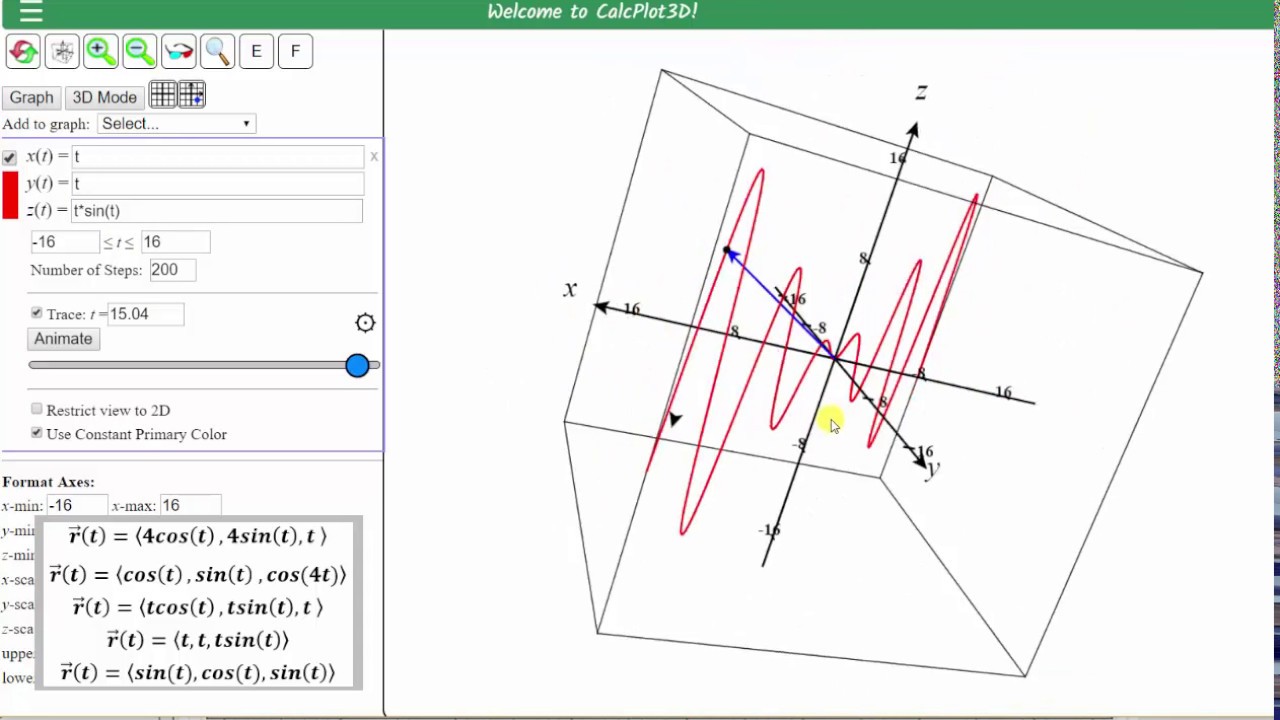
Gravity then provides a description of the dynamic interaction between matter and spacetime. The curvature of spacetime influences the motion of massive bodies within it in turn, as massive bodies move in spacetime, the curvature changes and the geometry of spacetime is in constant evolution. The distortion caused by each sphere is proportional to its mass. This artistic representation visualises spacetime as a simplified, two-dimensional surface, which is being distorted by the presence of three massive bodies, represented as coloured spheres. In general relativity, spacetime is not 'flat' but is curved by the presence of massive bodies. While the parameter t in a vector function. To account for gravity in relativity, the structure of this four-dimensional spacetime must be extended beyond the rules of classical geometry, where parallel lines never meet and the sum of a triangle’s angles is 180°. In this case we usually refer to the set of equations as parametric equations for the curve, just as for a line. In relativity, spacetime is a four-dimensional continuum combining the familiar three dimensions of space with the dimension of time. In classical physics, time proceeds constantly and independently for all objects. Thus, the primary result from general relativity. Gravity can be described as motion caused in curved spacetime. Instead, general relativity links gravity to the geometry of spacetime itself, and particularly to its curvature. Mass distorts spacetime, causing it to curve.

According to Albert Einstein's general theory of relativity, gravity is no longer a force that acts on massive bodies, as viewed by Isaac Newton's universal gravitation.


 0 kommentar(er)
0 kommentar(er)
